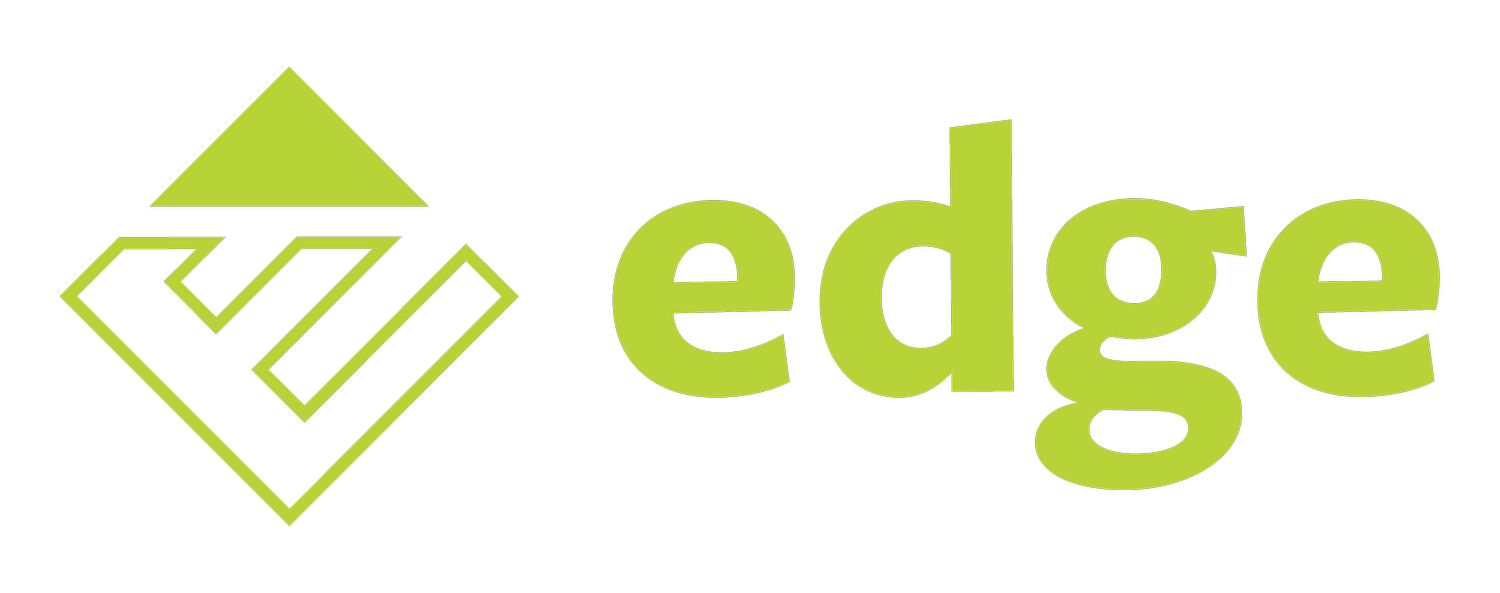So you are a ‘Dr’, an actual medical Doctor? Is the question often asked when my wife insists I use my actual title; all the more confusing when I say I am a software engineer! So, a little explanation as to how I came to join the EDGE team in CIRU.
My family jokes that I learnt to code before I could read and write properly, and they are probably right. I loved computers, coding, and everything electronics. It was assumed and fostered during my school years, that computing was what I would go into career wise. However, age 6 I was also already interested in how computing and technology could help medicine; I even designed a chip to go into someone’s spine to cure their paralysis, all be it a very crude drawing.
After completing my computing degree and working in the industry for several years I became disillusioned and wanted to use my skills for a more front facing role which directly helped people. Surrounded by early career doctor friends I was encouraged, and completed my chemistry A level in 7 months, took the relevant GAMSAT and UKCAT tests, which led to interviews at medical schools for their 4-year degrees specifically designed for graduates.
My BM4 studies at the University of Southampton were challenging and fascinating. Personal highlights were neurology, psychiatry, and GP. As a foundation junior doctor, I had the privilege of caring for patients. I realised, however, that I would be able to contribute much more to medicine and patients care, if I used my knowledge and skills from both areas, computing, and medicine.
My time working within the computing industry gave me significant knowledge and insight into how software and systems are designed, developed, maintained, and the limitations that are ever present and need to be considered. Alongside this, an understating of producing software for end users and working with them to understand their needs.
My time working within a hospital gave me personal experience of the significant time pressures health care professionals are under. This is also an environment where frequently both paper and computer-based systems co-exists. I also gained real insight into areas where things could be achieved much faster; if the computer systems were created with a significant focus on allowing nurses, doctors, midwifes etc. to achieve the non-hands-on parts of their job, quickly and directly.
Working for CIRU within the Faculty of Medicine at the University of Southampton brings opportunities to combine my skills and knowledge of medicine and computing. I am currently one of the developers working on EDGE, working in a team with a strong aim on producing a clinical research management system which efficiently meets the needs of the users.







